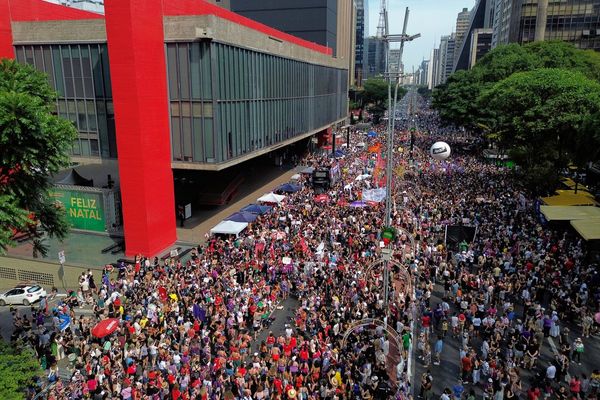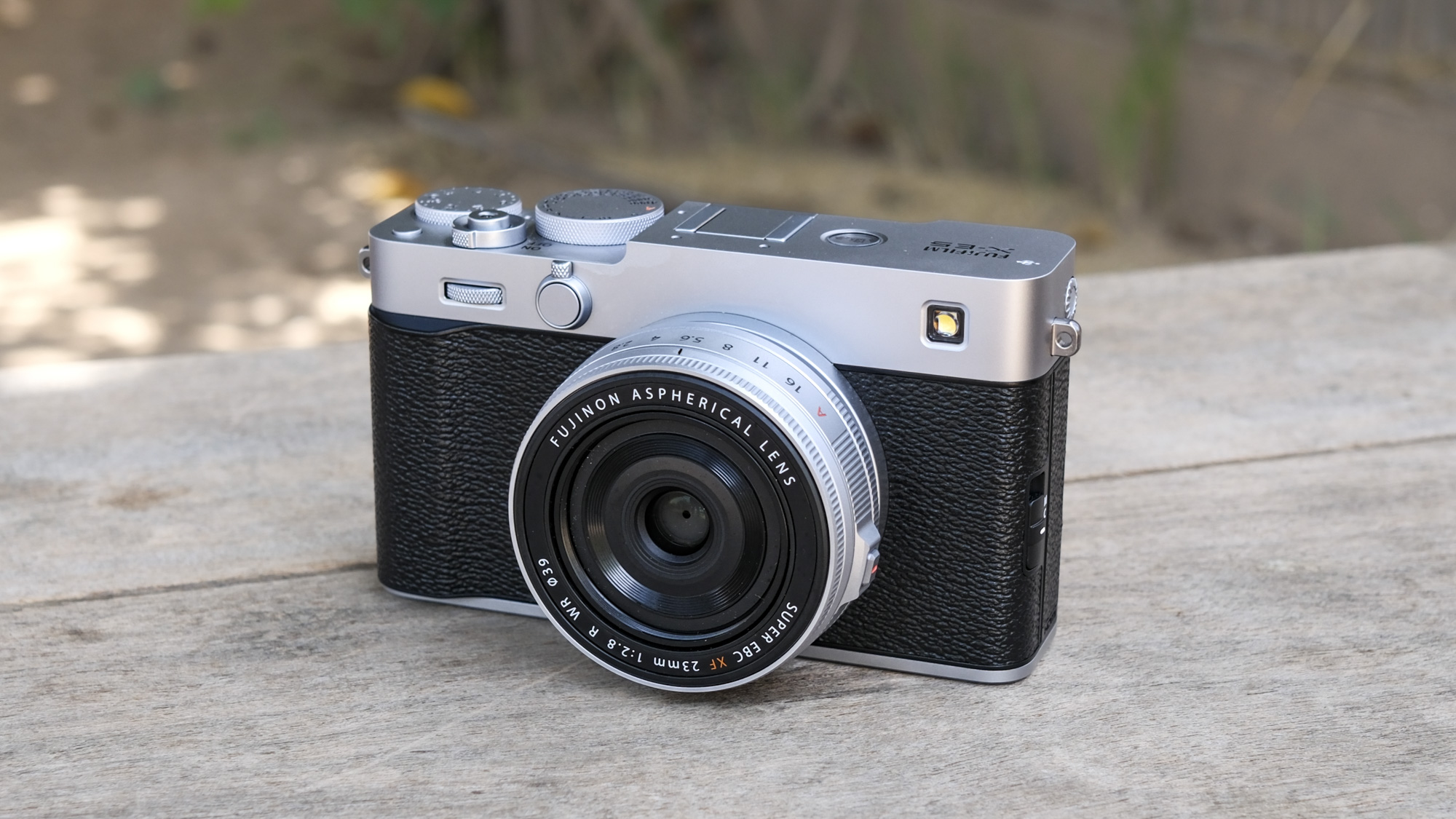
Take Fujifilm’s most popular camera ever, the X100VI compact camera, swap out its fixed moderate-wide lens for a lens mount that's compatible with numerous X-mount lenses for different perspectives and use cases, and you have the new Fujifilm X-E5.
Well, sort of. You can read more about the other small differences between the two cameras in my X-E5 vs X100VI piece, which also compares the X100VI’s fixed 23mm f/2 lens and the new XF 23mm f/2.8 lens announced alongside the X-E5 – the pair can be purchased together as a kit.
The reason I draw the comparison is that I also predict good things for the X-E5 – it’s a slick and stylish rangefinder-style mirrorless camera, which is a rare commodity in 2025, armed with a stabilized 40MP APS-C sensor and with film simulations on tap, just like the X100VI.
These attributes make the X-E5 and 23mm f/2.8 kit a dream pairing for travel photography – which is why, ahead of the product announcement, Fujifilm invited me to road-test the new camera and lens in what should be a natural habitat – the charming city of Valencia in Spain.
@techradar ♬ Storytelling - Adriel
With compact proportions similar to the X100VI's plus a refined control layout, the X-E5 and 23mm f/2.8 proved to be a discreet pairing, and I’ve come away with some lovely shots that nicely capture my experience in Valencia, hitting the tourist spots and soaking up the local culture.
Trust me, the X-E5 is a 'proper' photographer’s camera, ideal for travel, reportage and street photography. With the new lens, it costs $1,899 / £1,549, while the body only price is $1,699 / £1,299 (Australia pricing TBC). Pre orders are officially open now ahead of a prospective August 28 release date, while the lens will be available separately from November for $499 / £399.
Here are a few things that stood out as I made photos that I was more than pleased with.
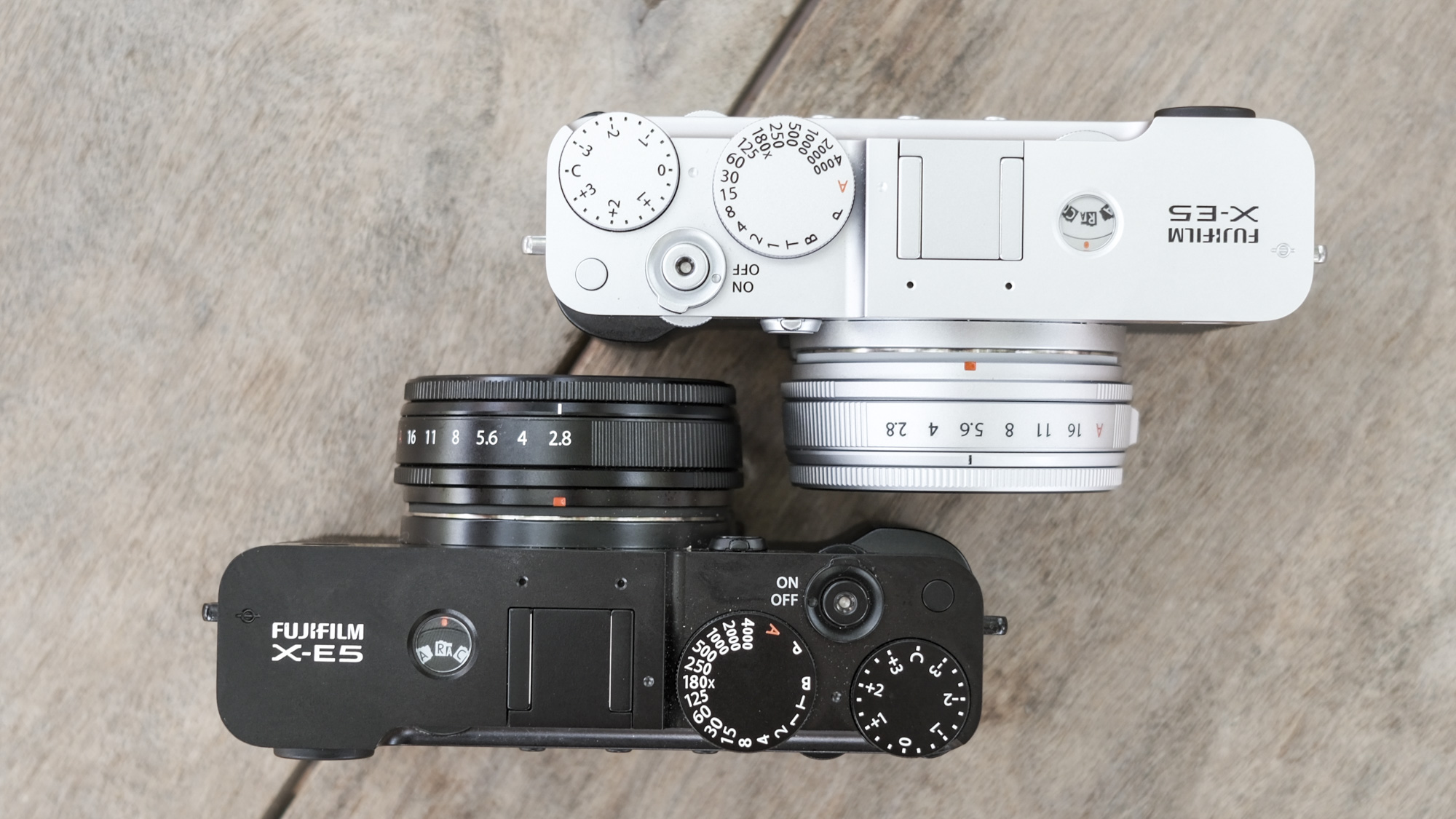
Getting the look
Fujifilm’s film simulations have been around for years now, and are a major reason why Fujifilm cameras have grown in popularity. Recently, these color profiles have gained a more prominent position in Fujifilm’s cameras, with a dial for accessing them on the X-T50 and X-M5.
Now it’s the X-E5’s turn, and it has a similar dial, plus the cutest feature of the bunch – a tiny window that displays your selected film simulation, from a pick of six popular looks.
However, it’s the three slots for custom looks that I want to draw your attention to. You can pick any one of the full list of 20 film simulations to assign to one of the custom settings, and then tweak the look to taste to create 'film recipes'. Again, nothing new, but the process is streamlined here.
Valencia’s city center boasts an ancient cathedral and churches, and charming streets, and so I wanted to shoot with color profiles that communicated that atmosphere.
For one custom slot I used the Eterna Cinema film simulation as my starting point – it’s a natural look, not too vibrant, not too flat, with an atmospheric grain. I further tweaked this profile, adding a little contrast here, a hue adjustment there, and settled on a look that felt right. Taking five minutes to do this before exploring the city paid dividends.
Given that it was sunny, and I explored a little during the brightest part of the day, I used one of the other custom settings for a high-contrast black-and-white look; Fujifilm’s Acros with Red Filter, which adds drama to the sky and which perfectly suited the incredible architecture of the arts and science buildings just outside the old town.
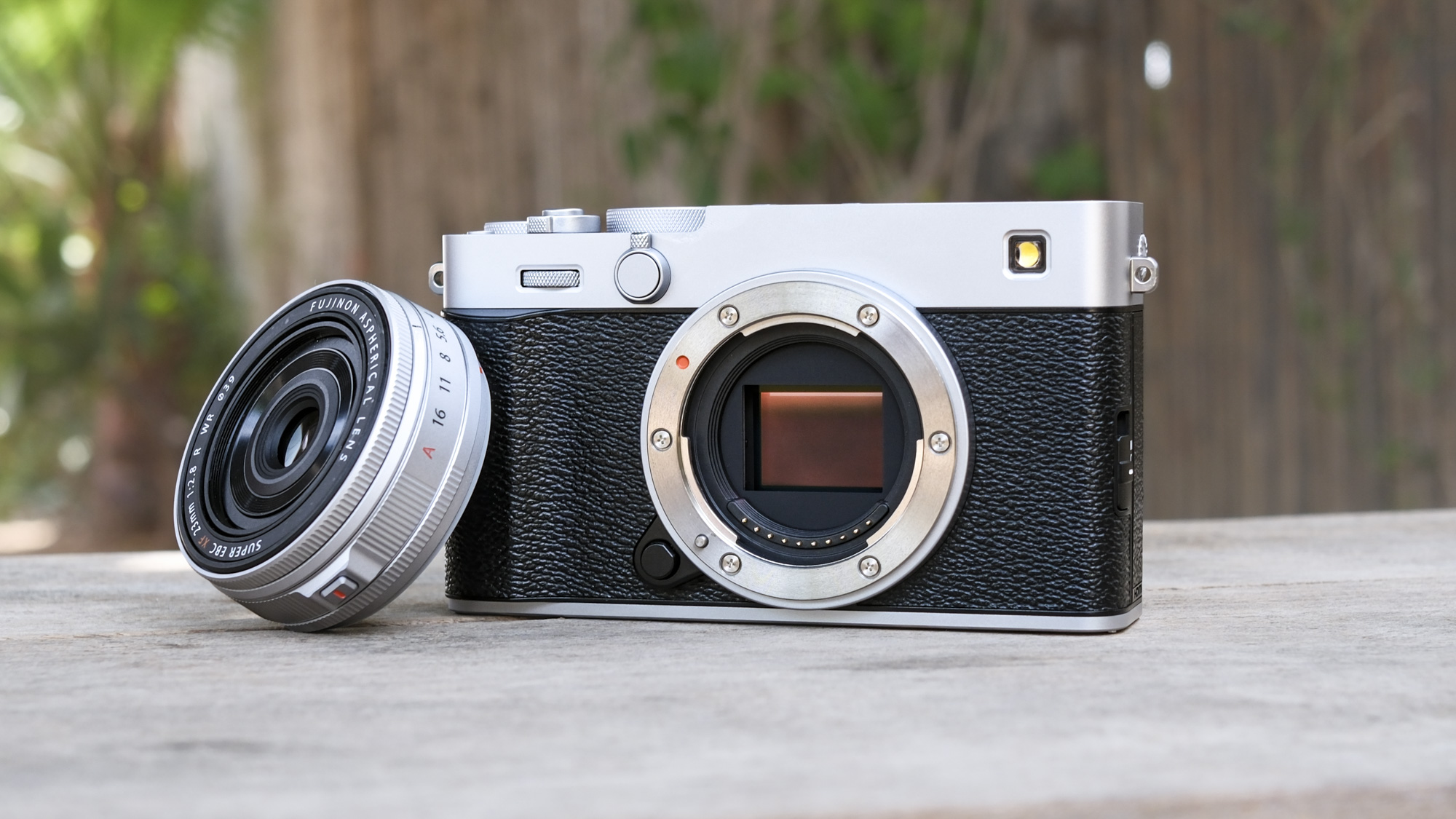
Timing the shots
Valencia is a bustling city, alive with tourists and locals, which makes timing and composition crucial components for travel and street photography, and stretches your photography skills.
Waist-level shooting is the discreet choice, because you're looking down at the camera’s display rather than straight at the people around you. I used this technique a fair bit, angling the tilt touchscreen up. The X-E5's display goes further than the X100VI's 100 degrees of tilt – it can tilt up 180 degrees for easy selfies too, although the resolution is just 1.04m dots, which is a downgrade.
Another tool I employed was the camera’s digital crop, which can easily be accessed using a lever on the X-E5’s front. (On the X100VI, a similar lever is used to switch between the electronic and optical viewfinder displays.)
Like the X100VI, the X-E5 has more pixels for you to play with than the X-E4 – 40MP stills compared to 26MP, meaning photos are still plenty big enough even when using the digital crop (which reduces resolution), which gave me the effect of a tighter focal length from the fixed 23mm lens.
There are three display options for the digital crop composition, plus the aspect ratio selection: the entire image area but with the cropped-out periphery marked out by a border, or greyed out, or just your digital crop only.
Either of the options that let you see outside of the frame makes timing street shots much easier, giving you that extra moment before the action enters the scene. It’s the kind of trick I've previously enjoyed with the X100VI compact and its optical display, which enables me to see outside the frame.
Overall, the X-E5's design and handling has several welcome tweaks over previous-generation Fujifilm cameras, which combine to offer a seamless travel photography experience. And I've only used the camera with the new 23mm lens – there are plenty of others to choose from, such as Fujifilm's similarly tiny 27mm f/2.8.
I’m currently completing an in-depth review of the X-E5, so make sure to look out for that for more details, and my final verdict. In the meantime, I hope you enjoy the generous gallery of images, below.
Fujifilm X-E5 sample images
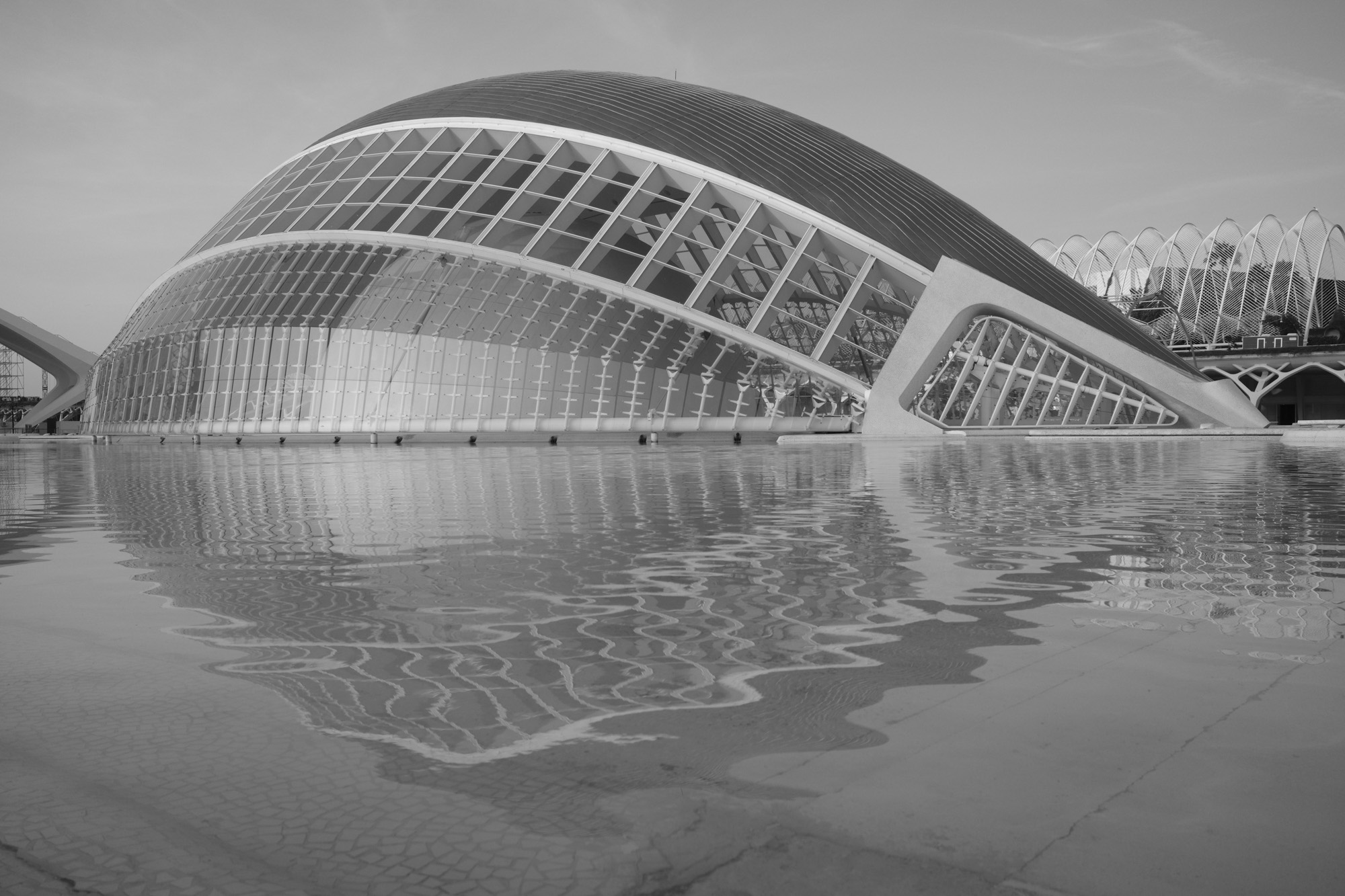
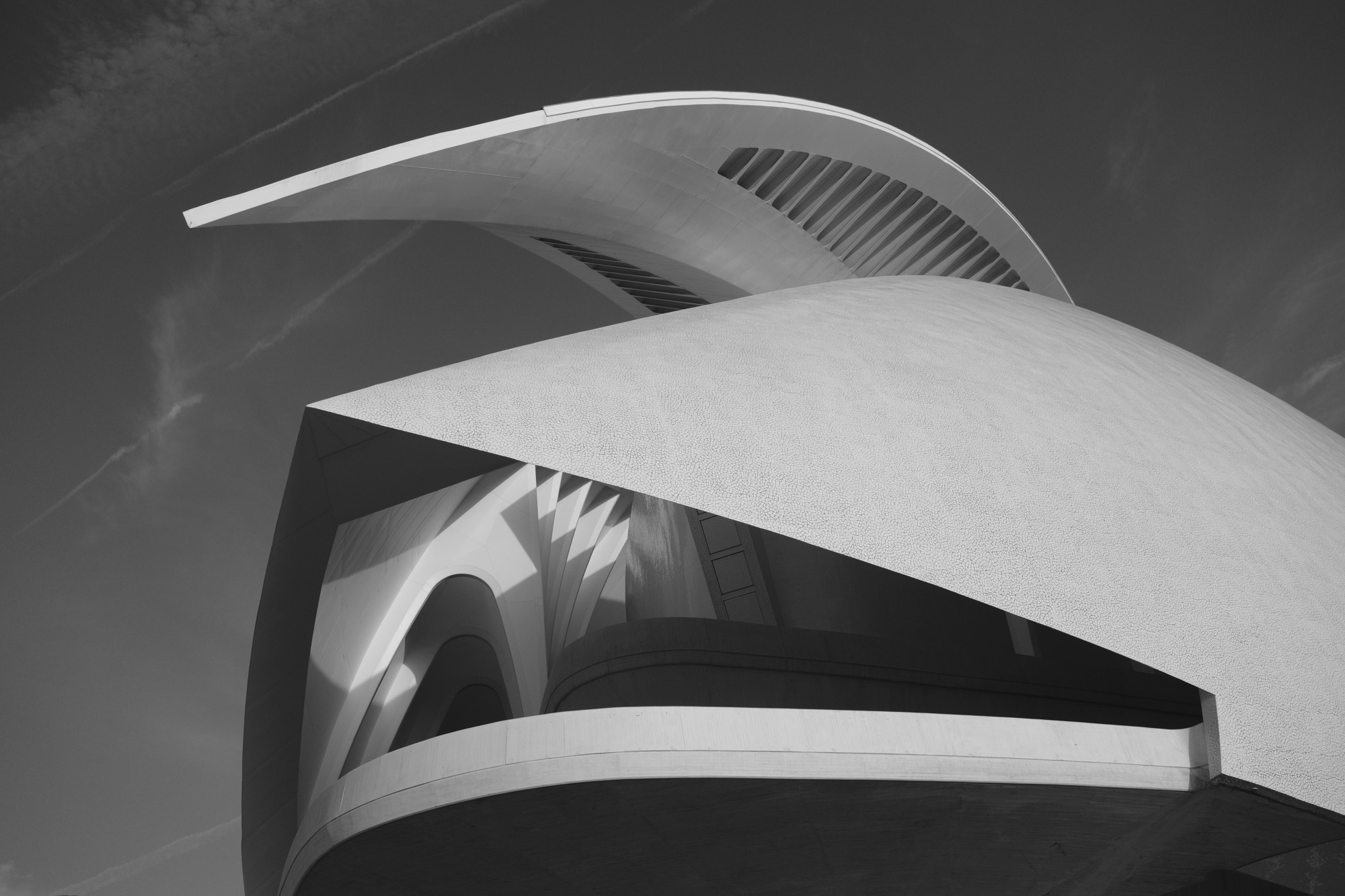
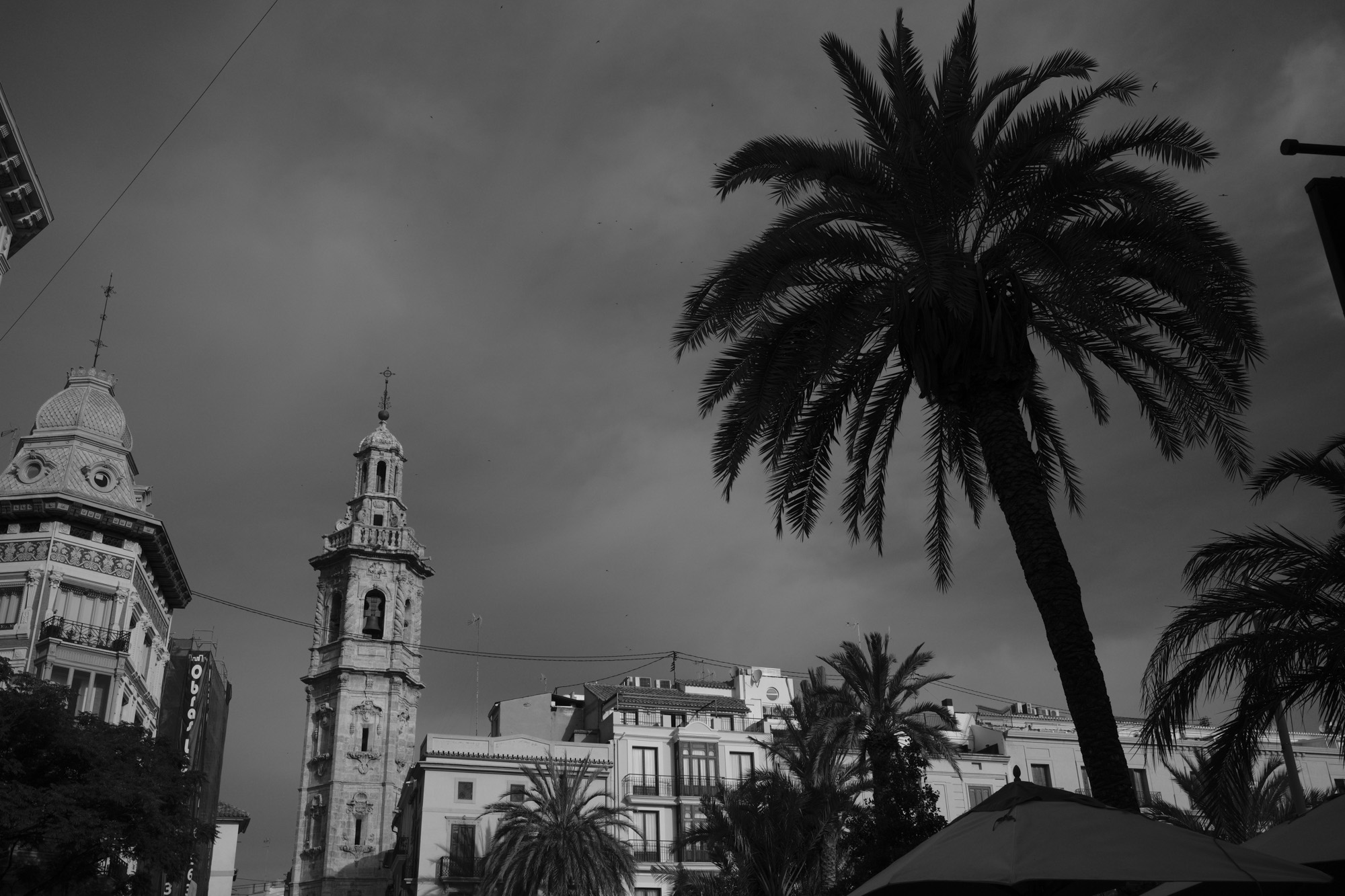

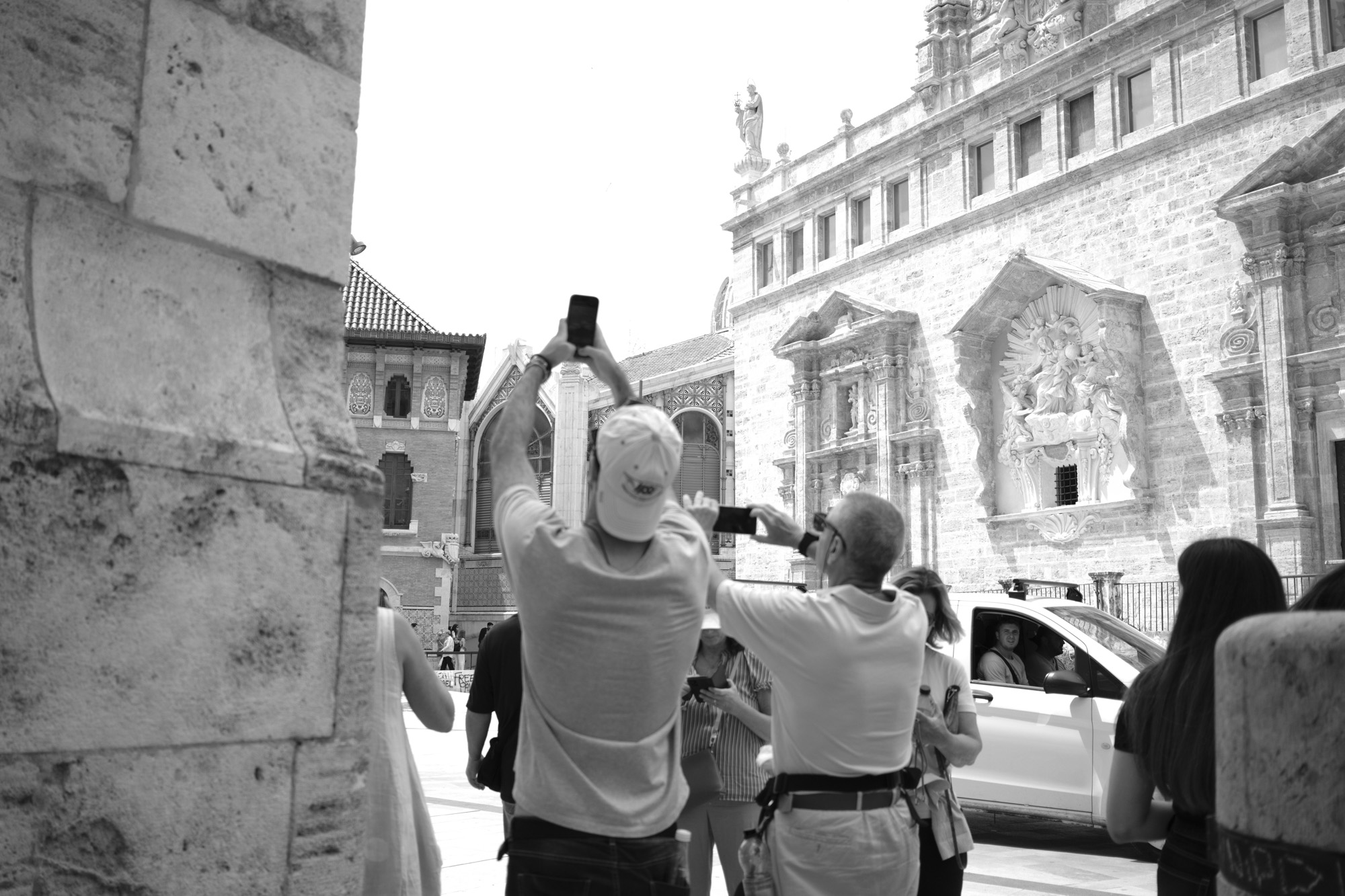
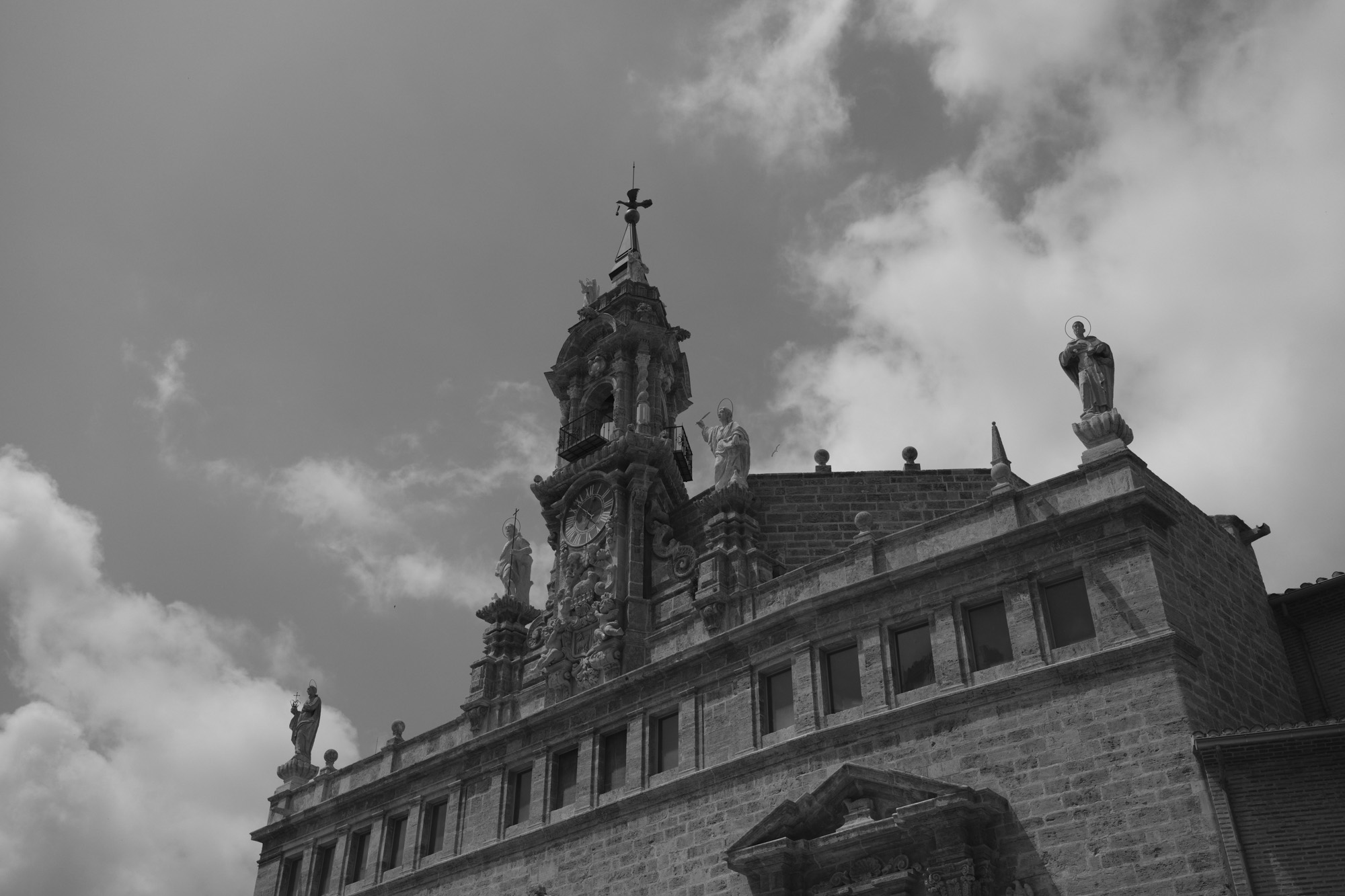
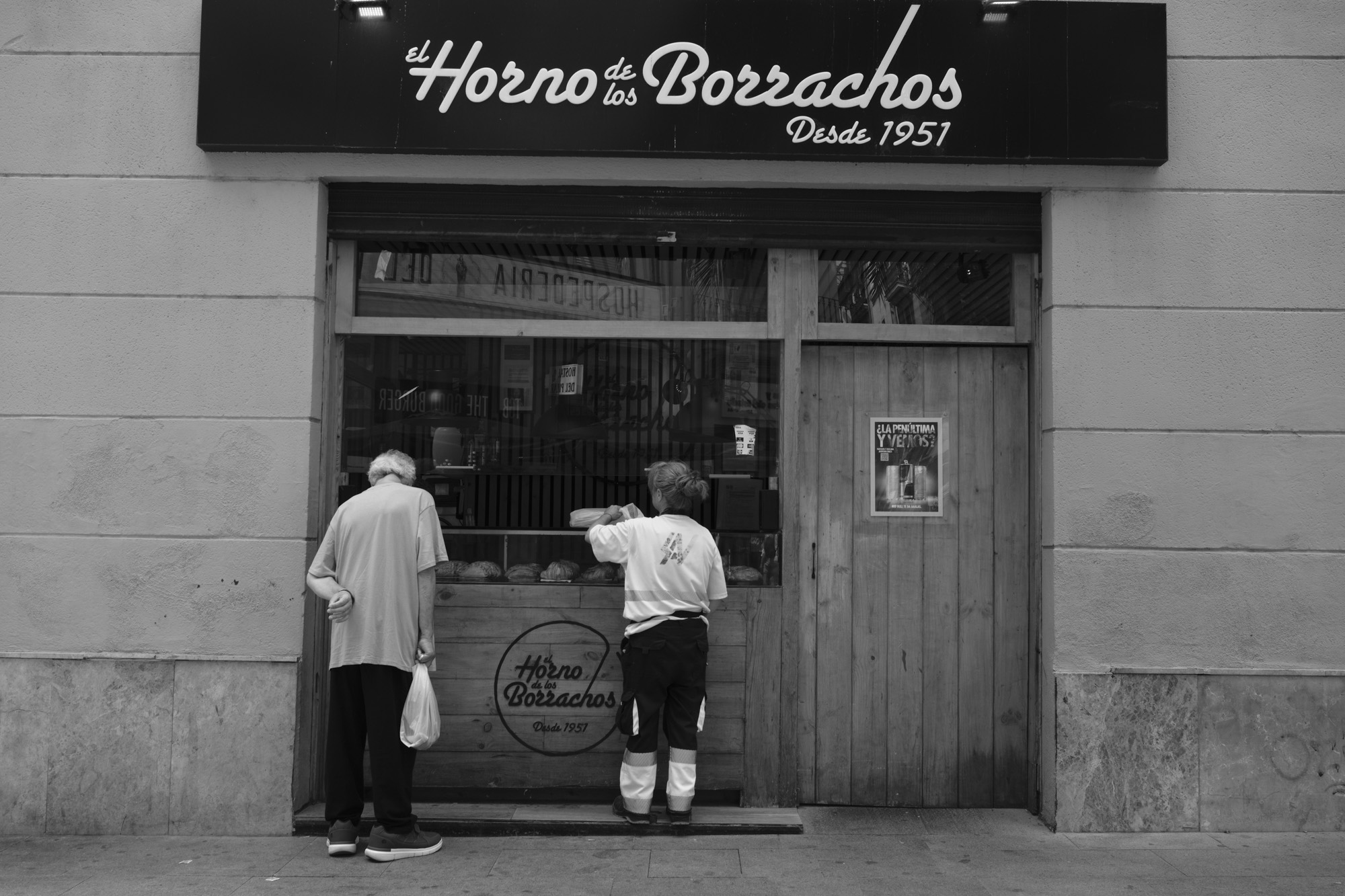
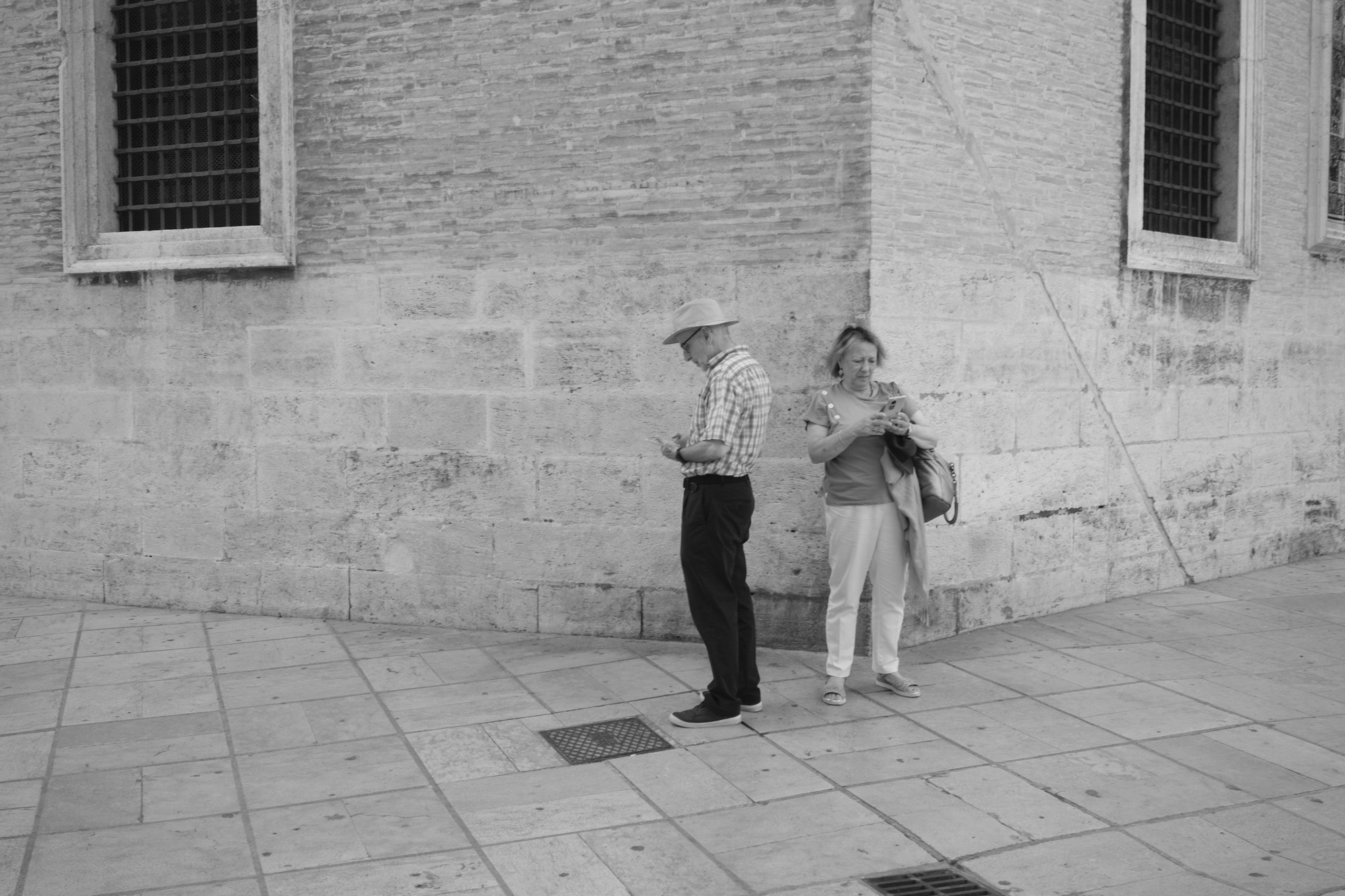


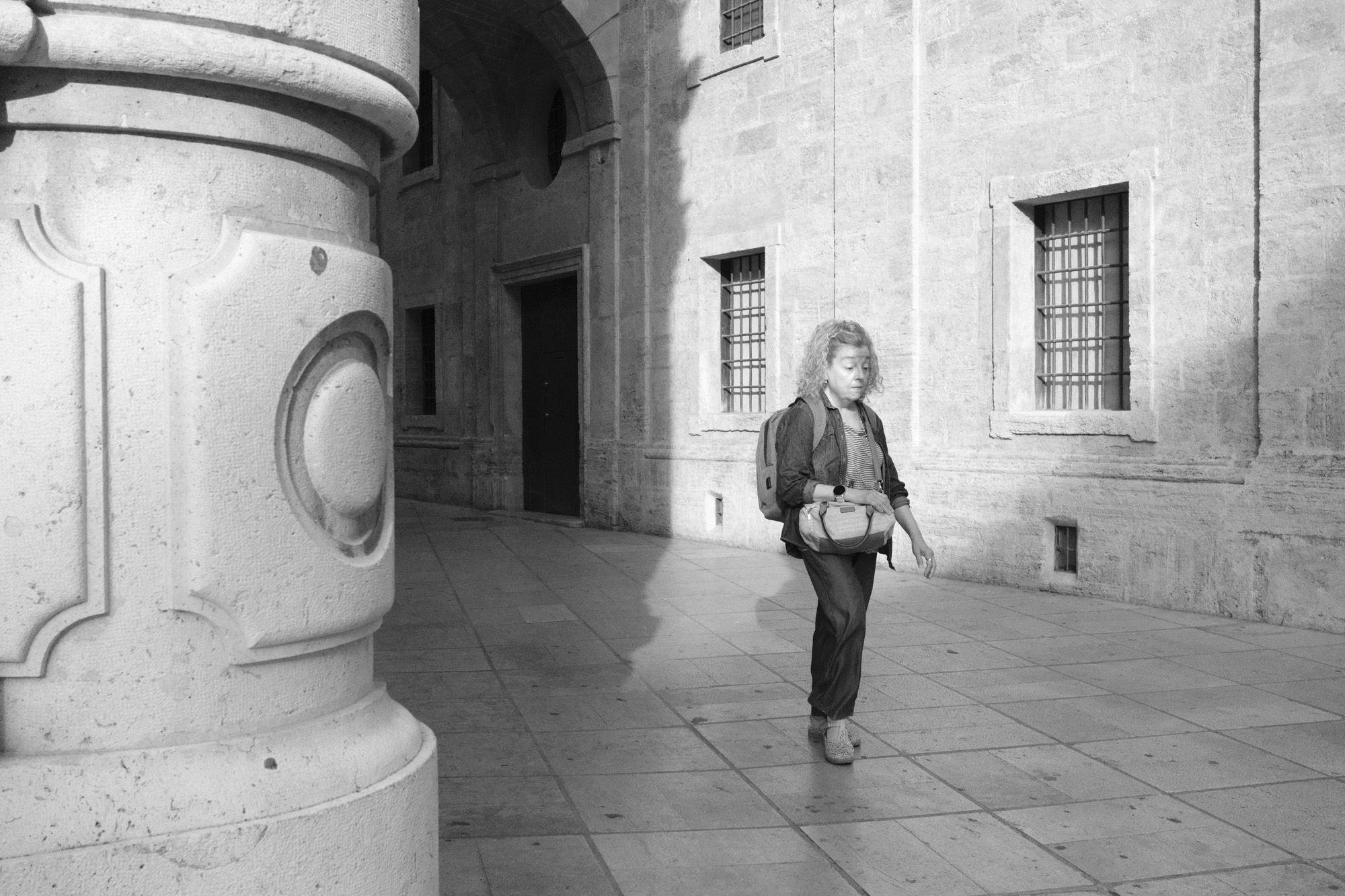

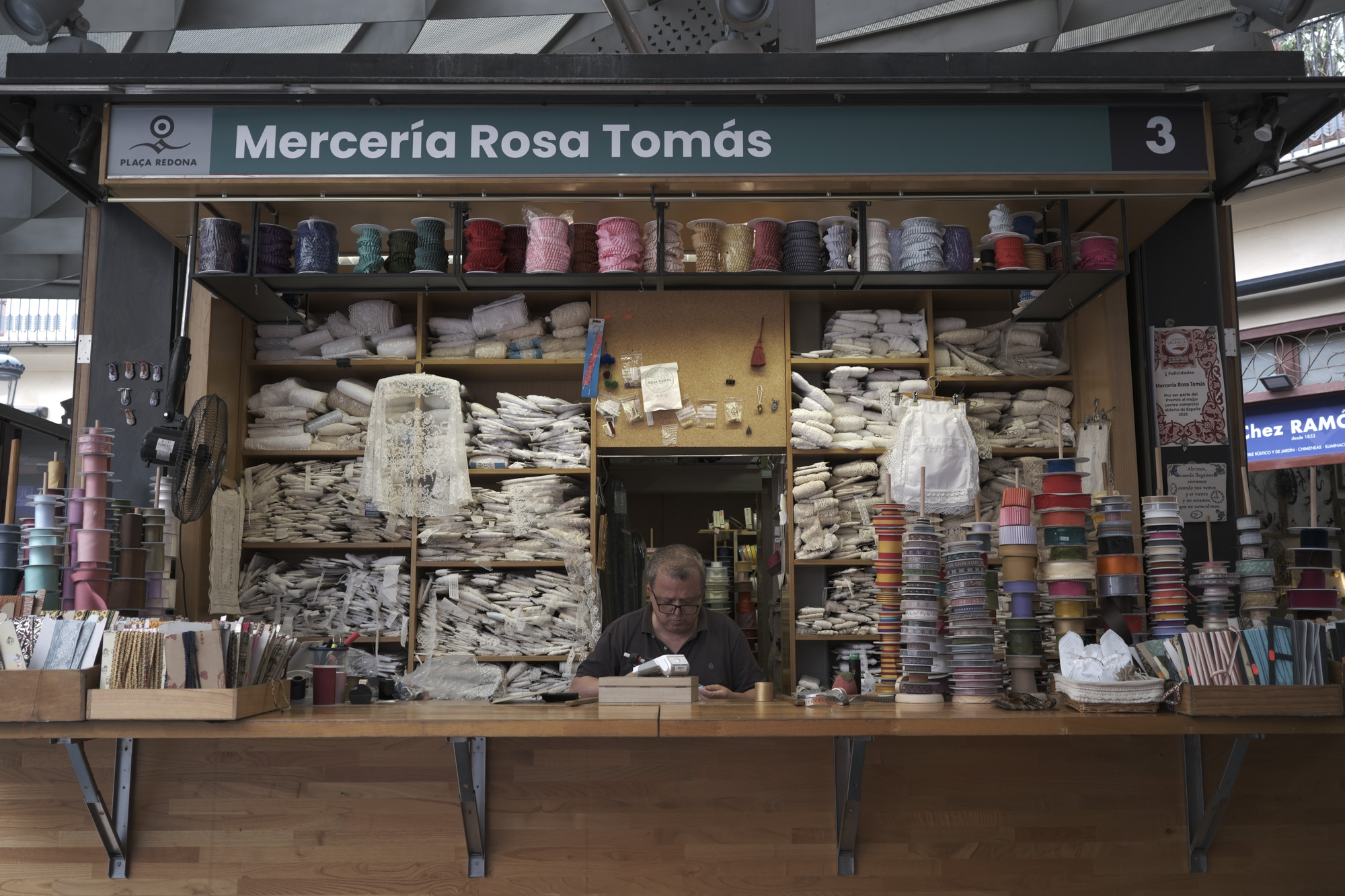
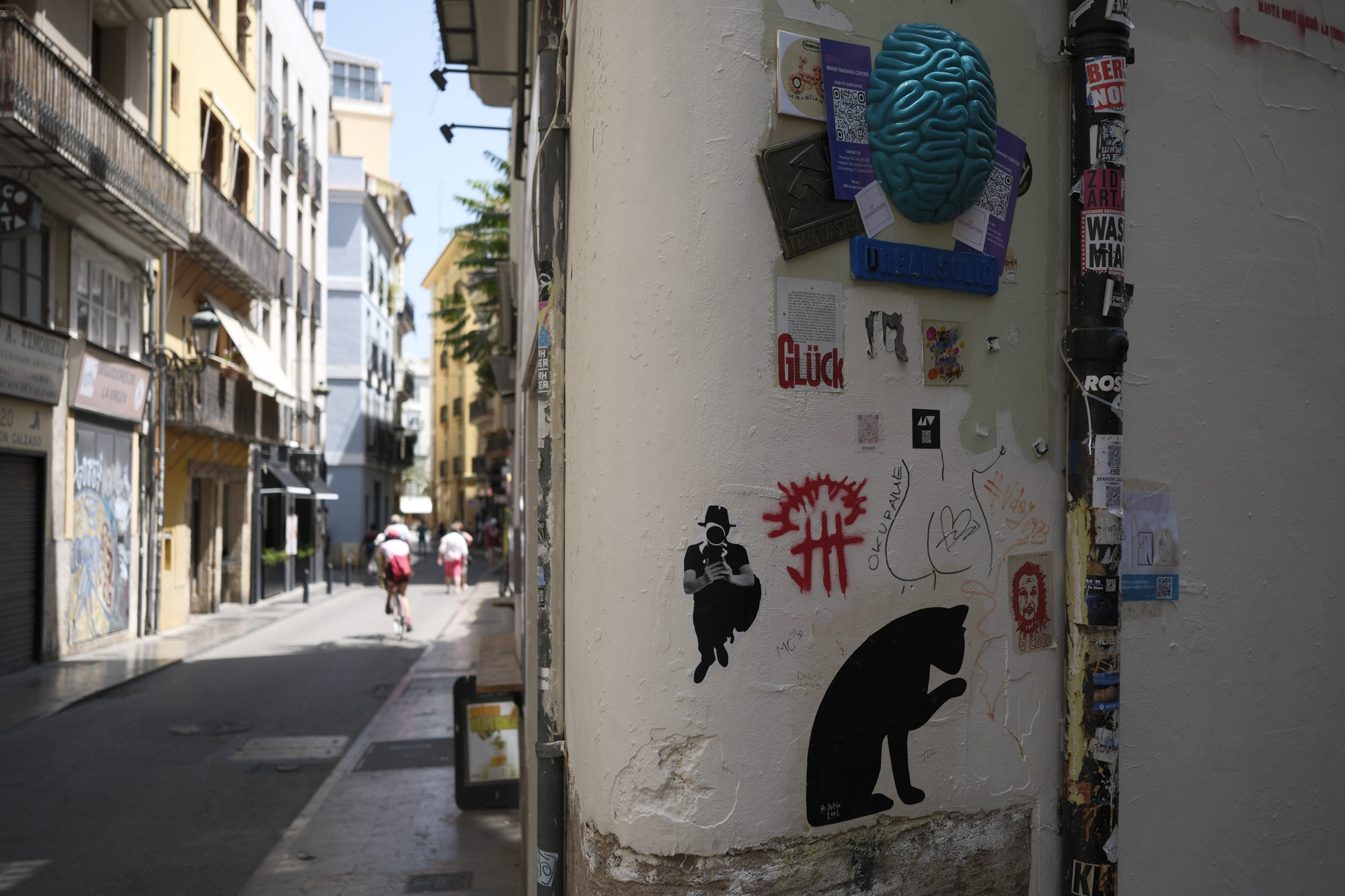

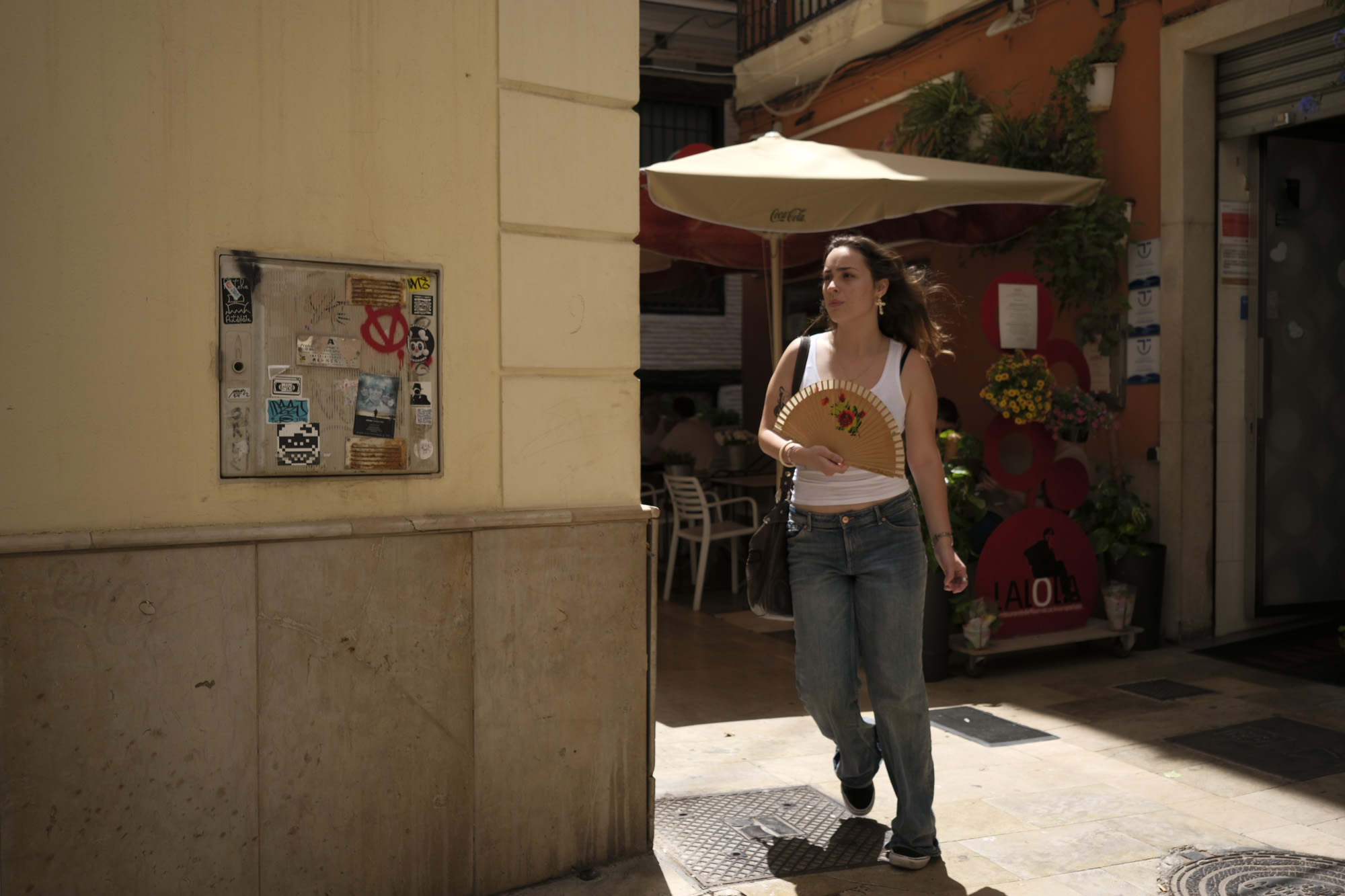

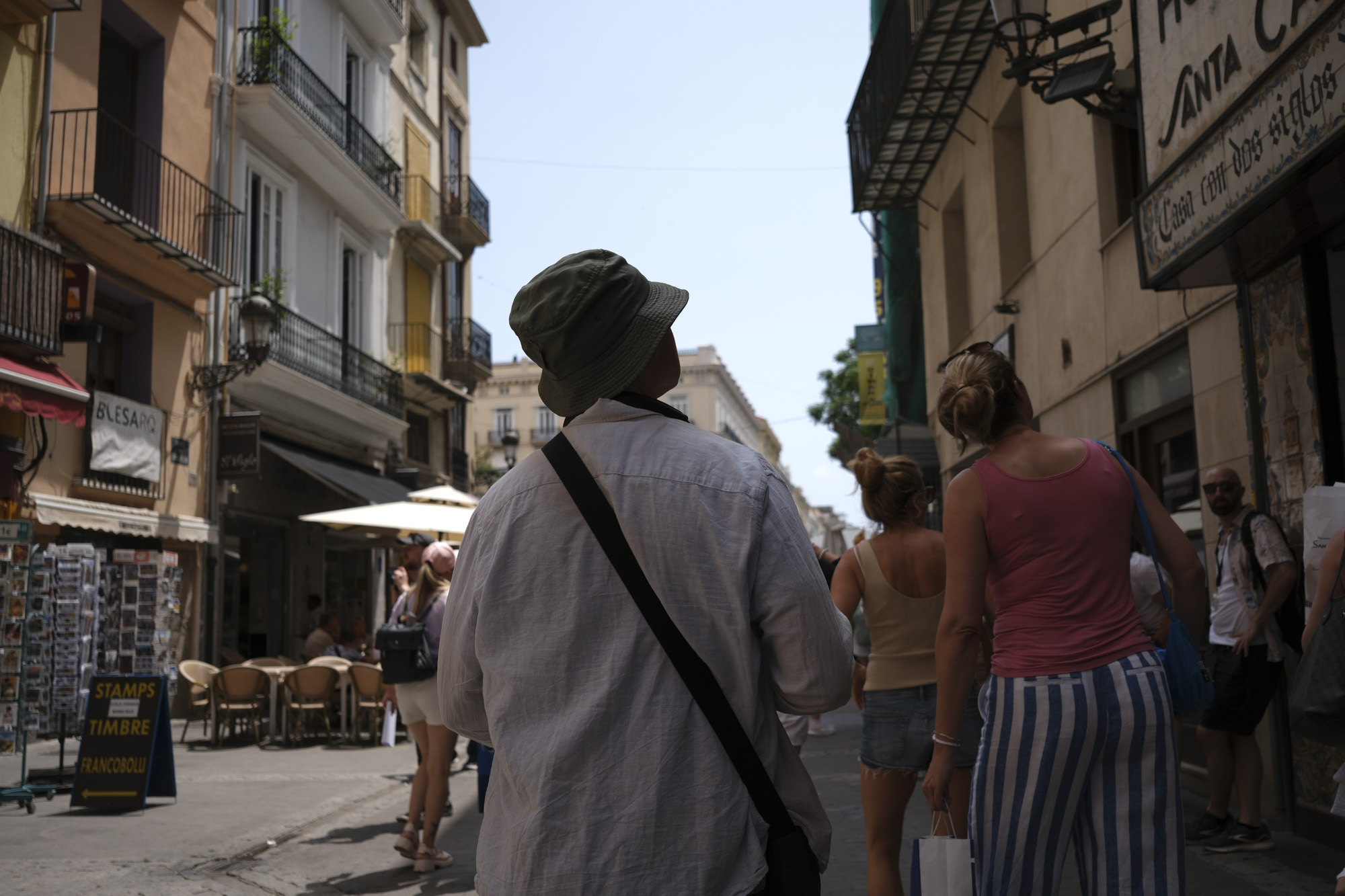

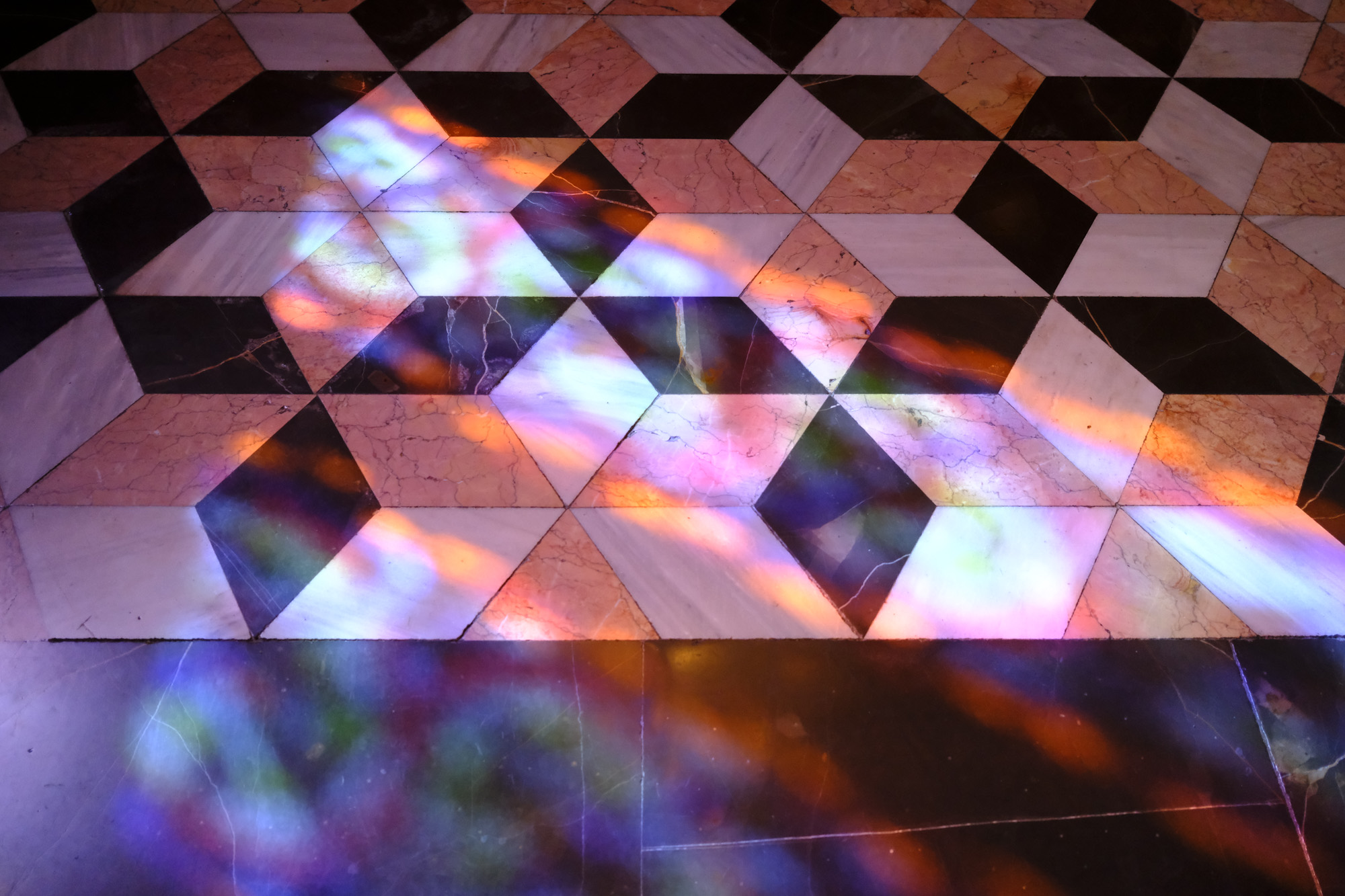
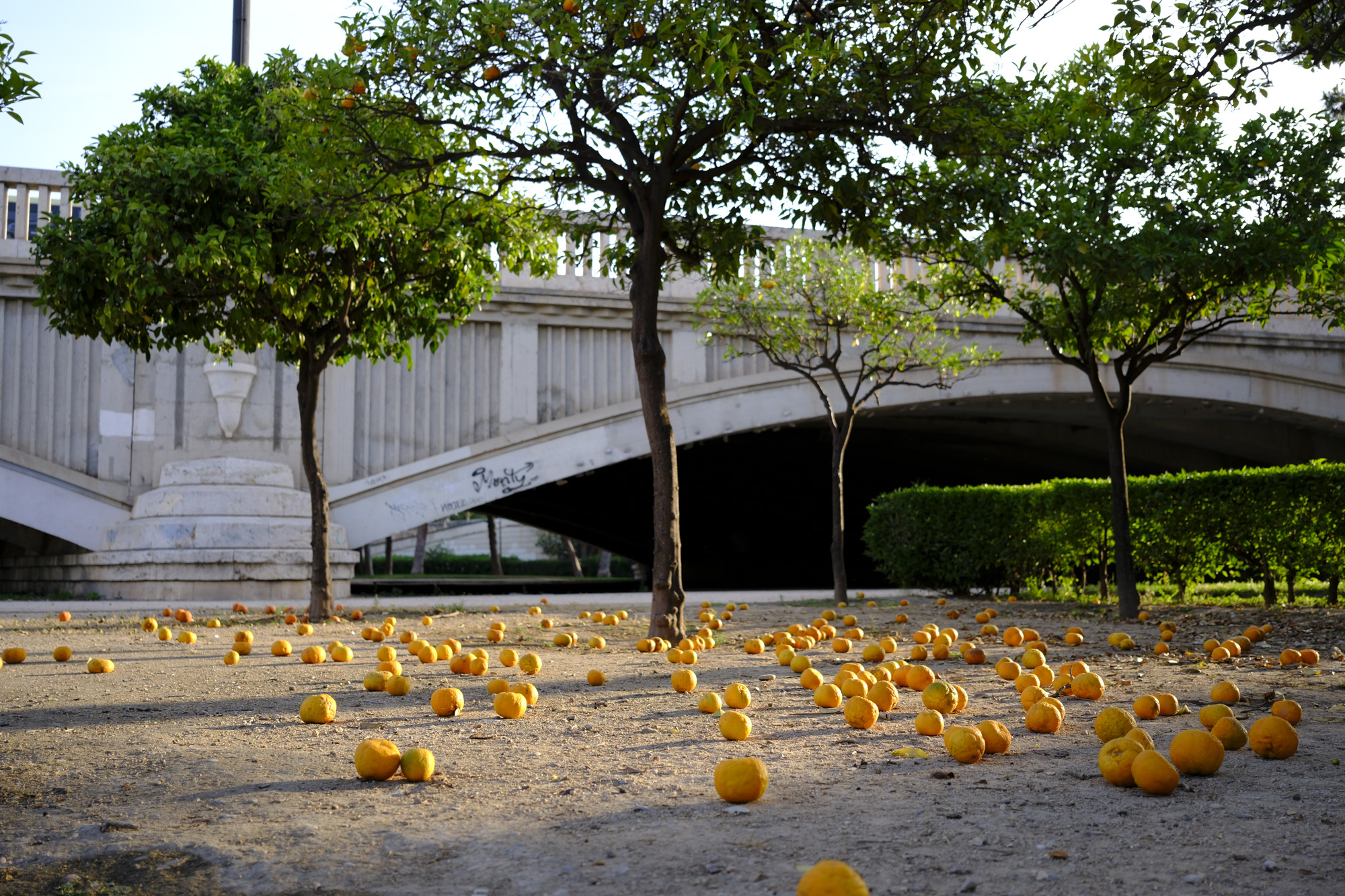
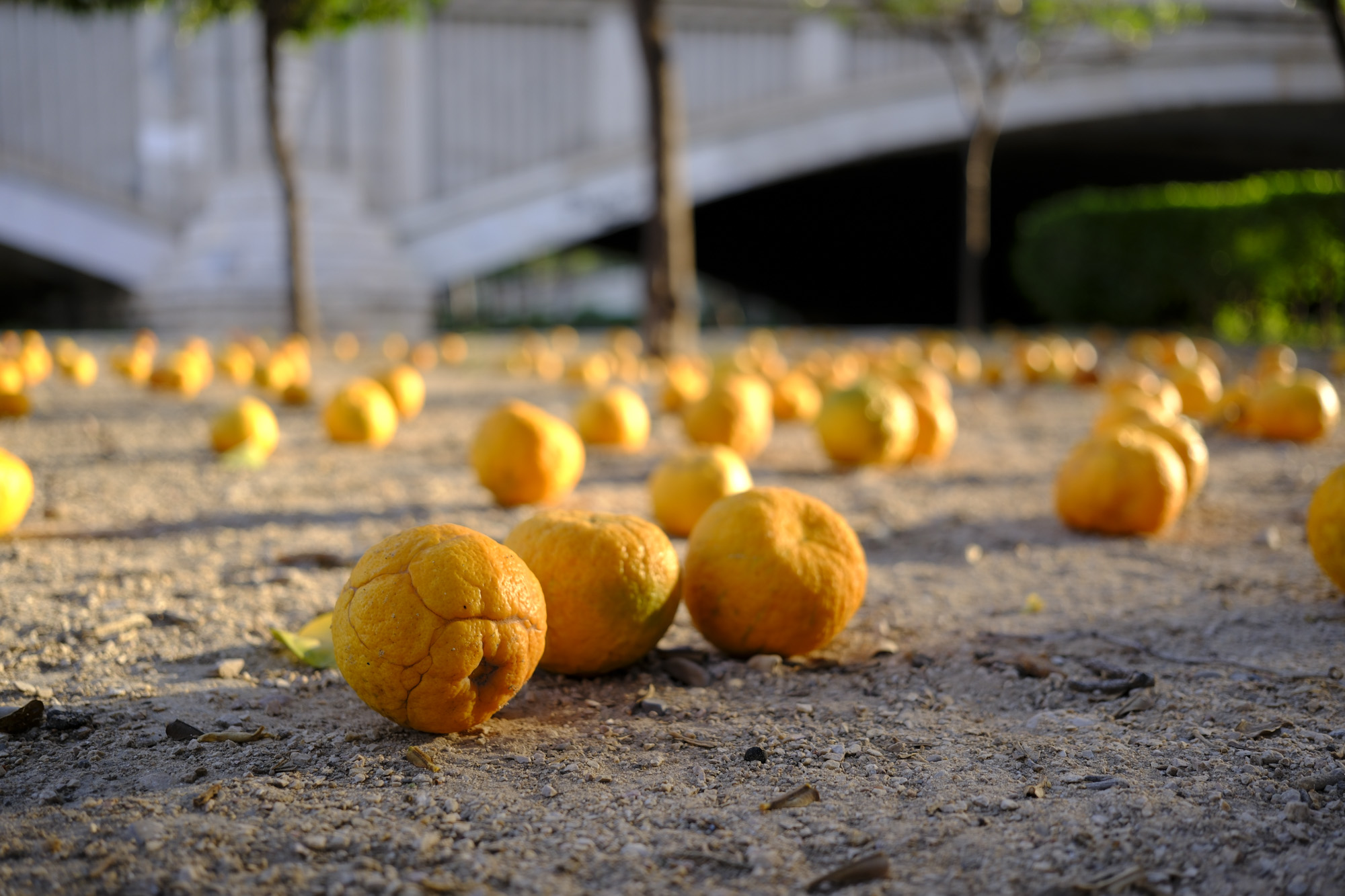
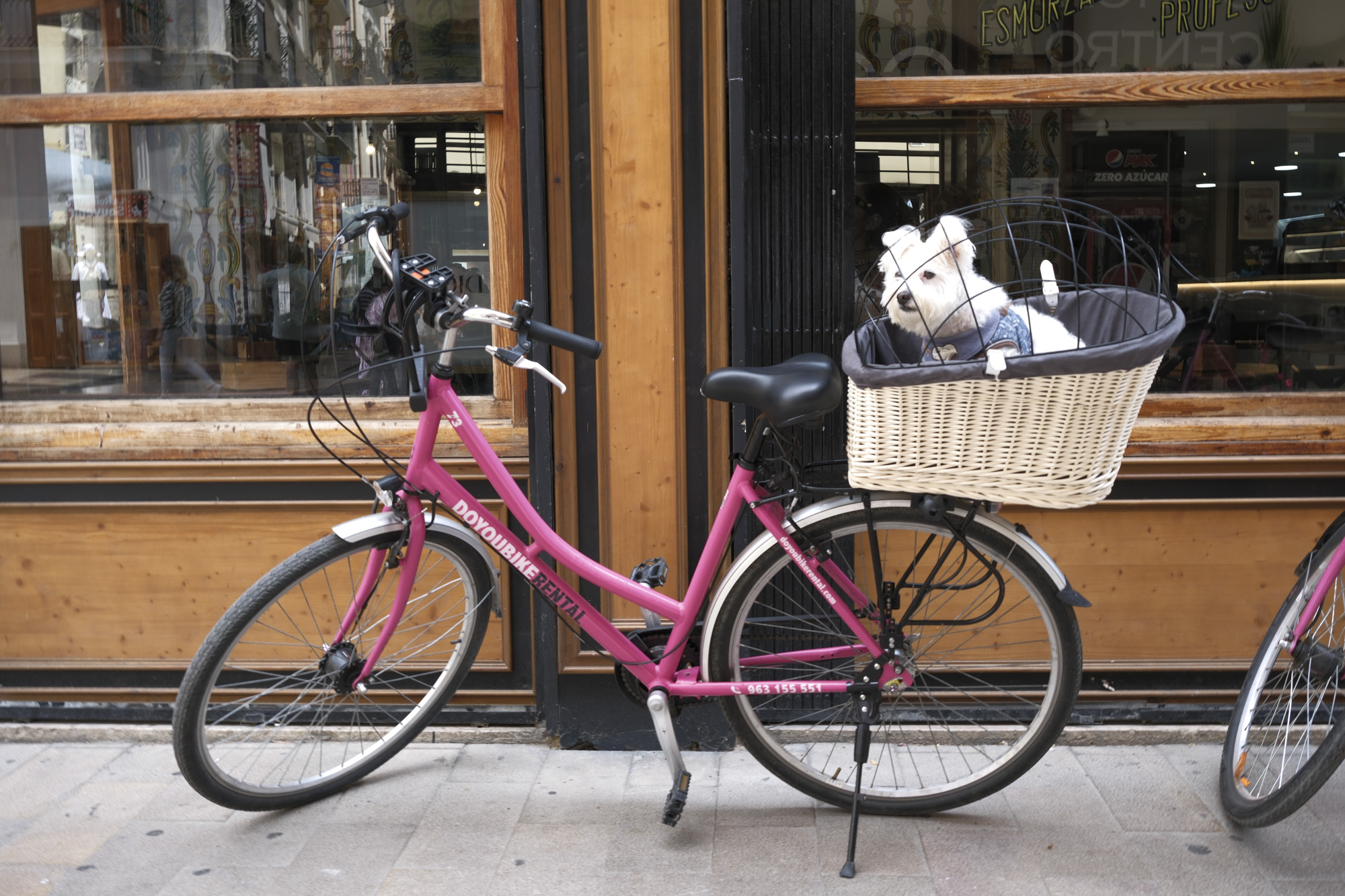
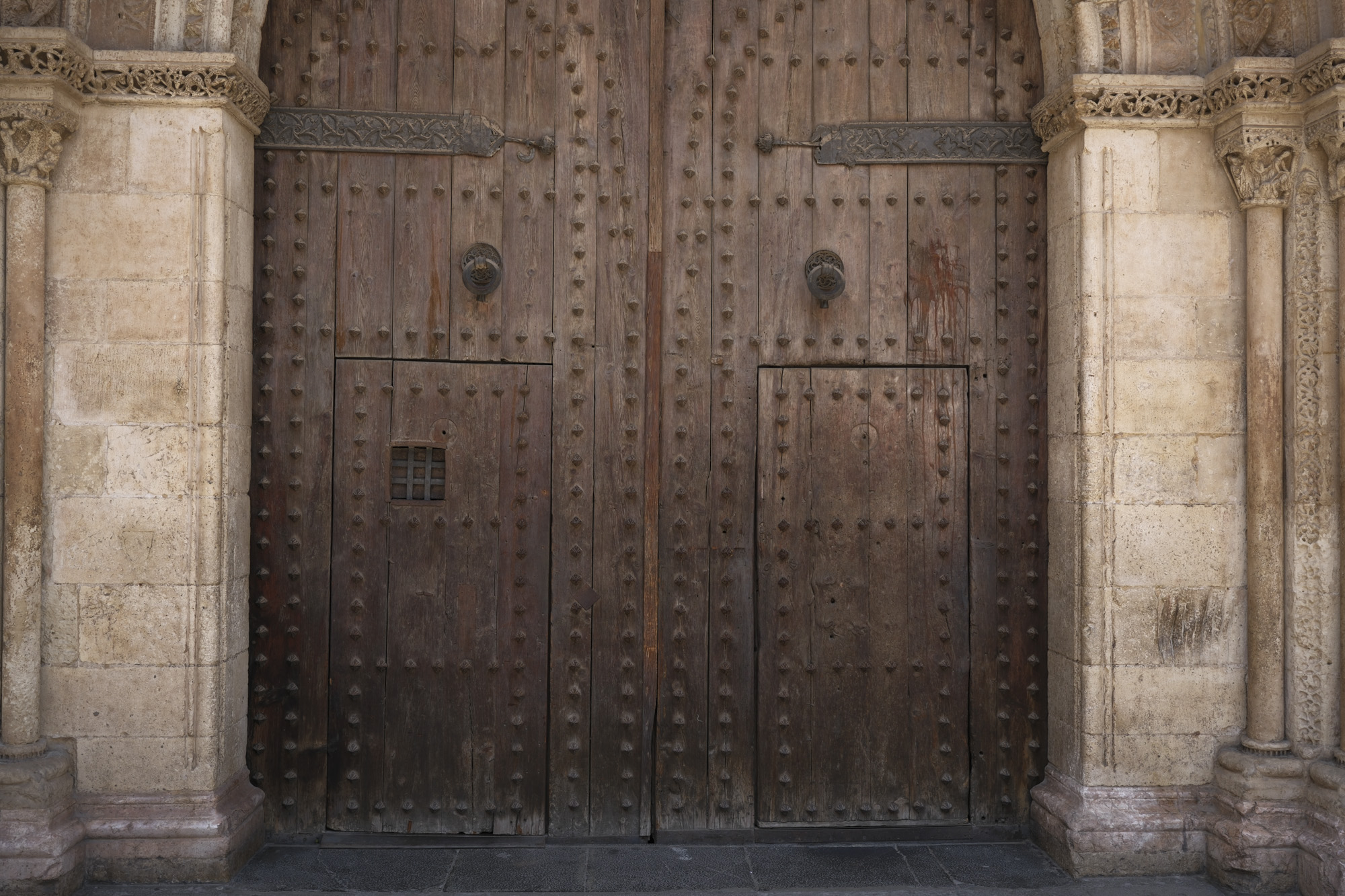

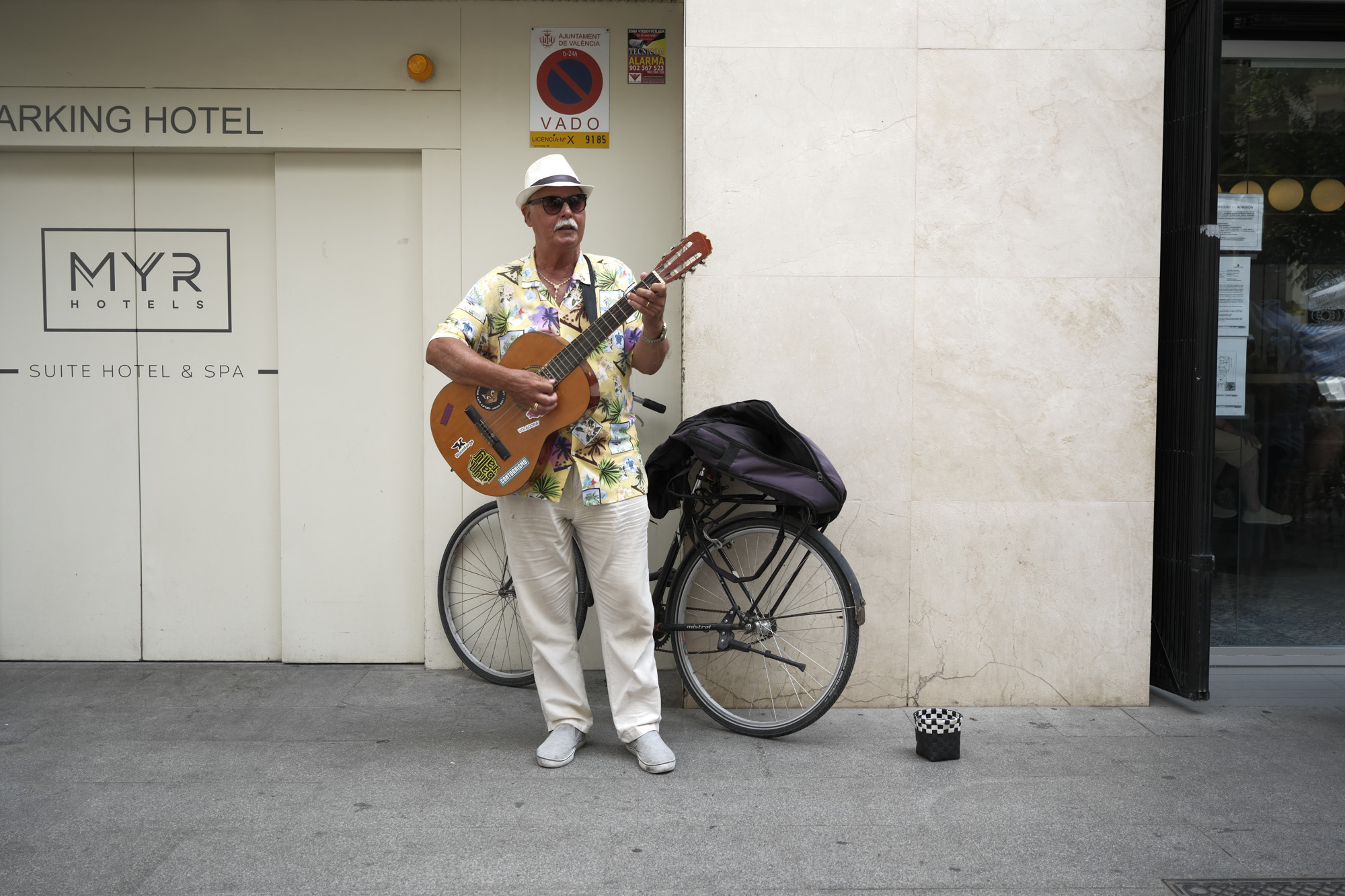



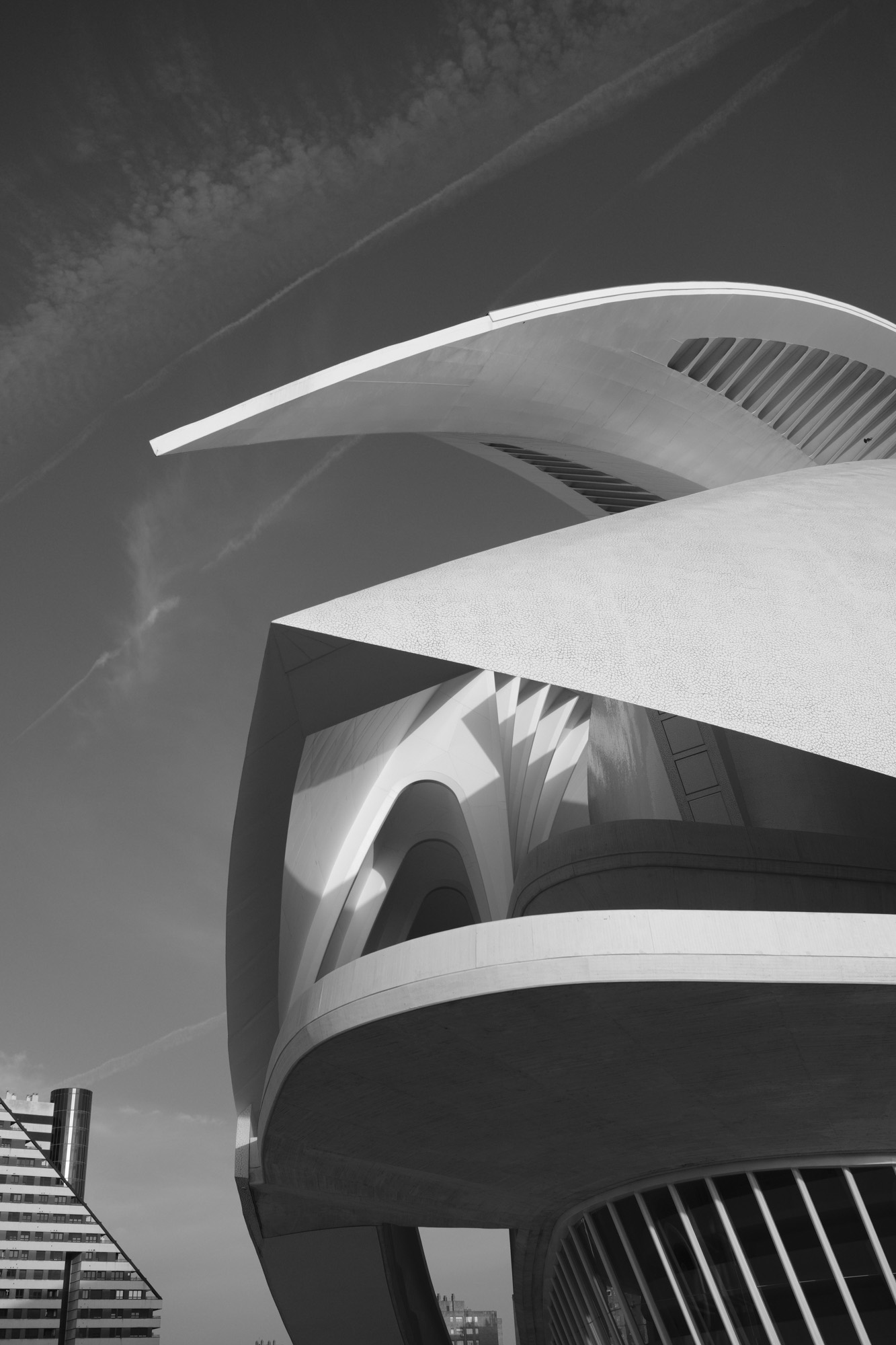
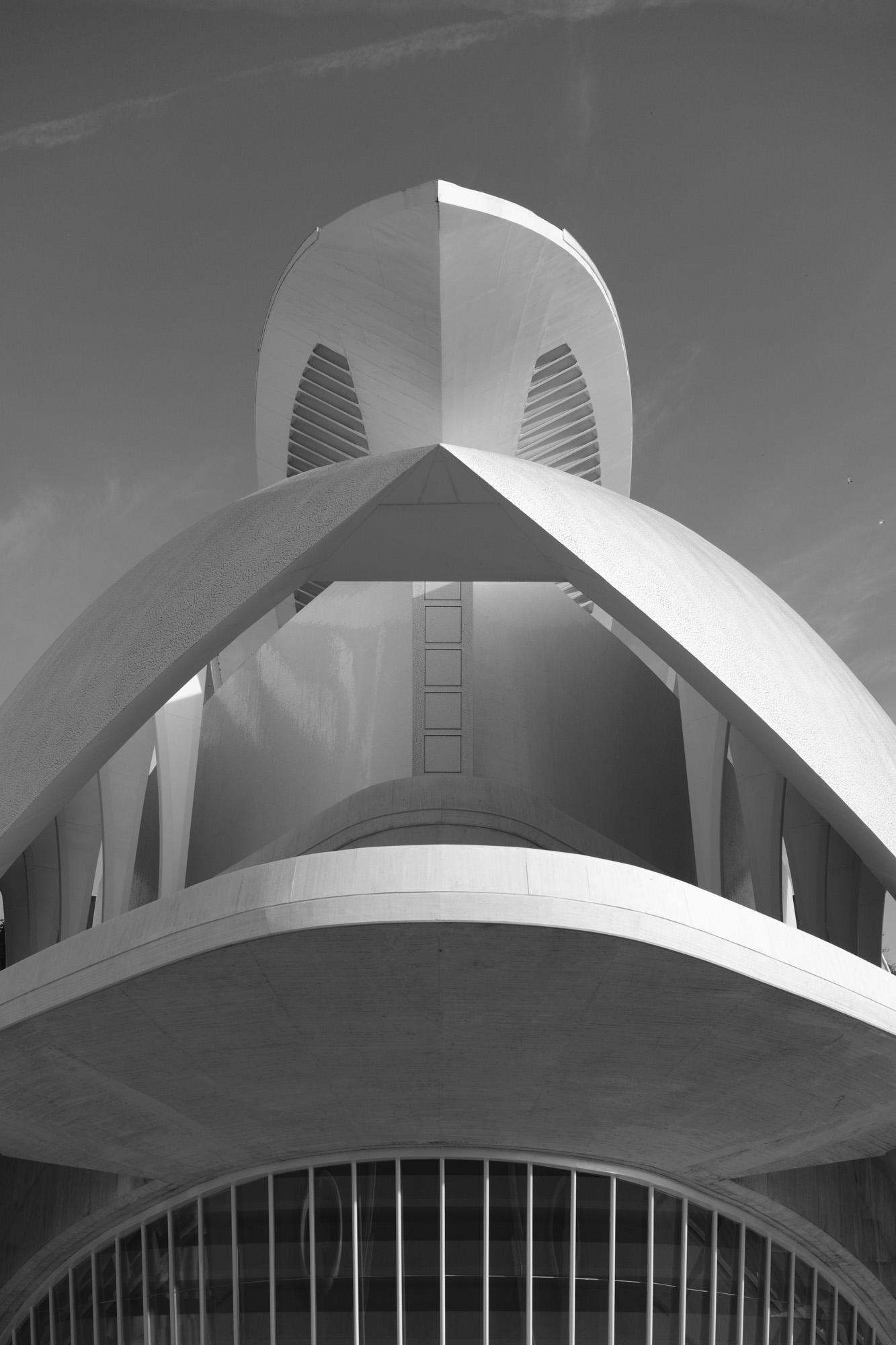
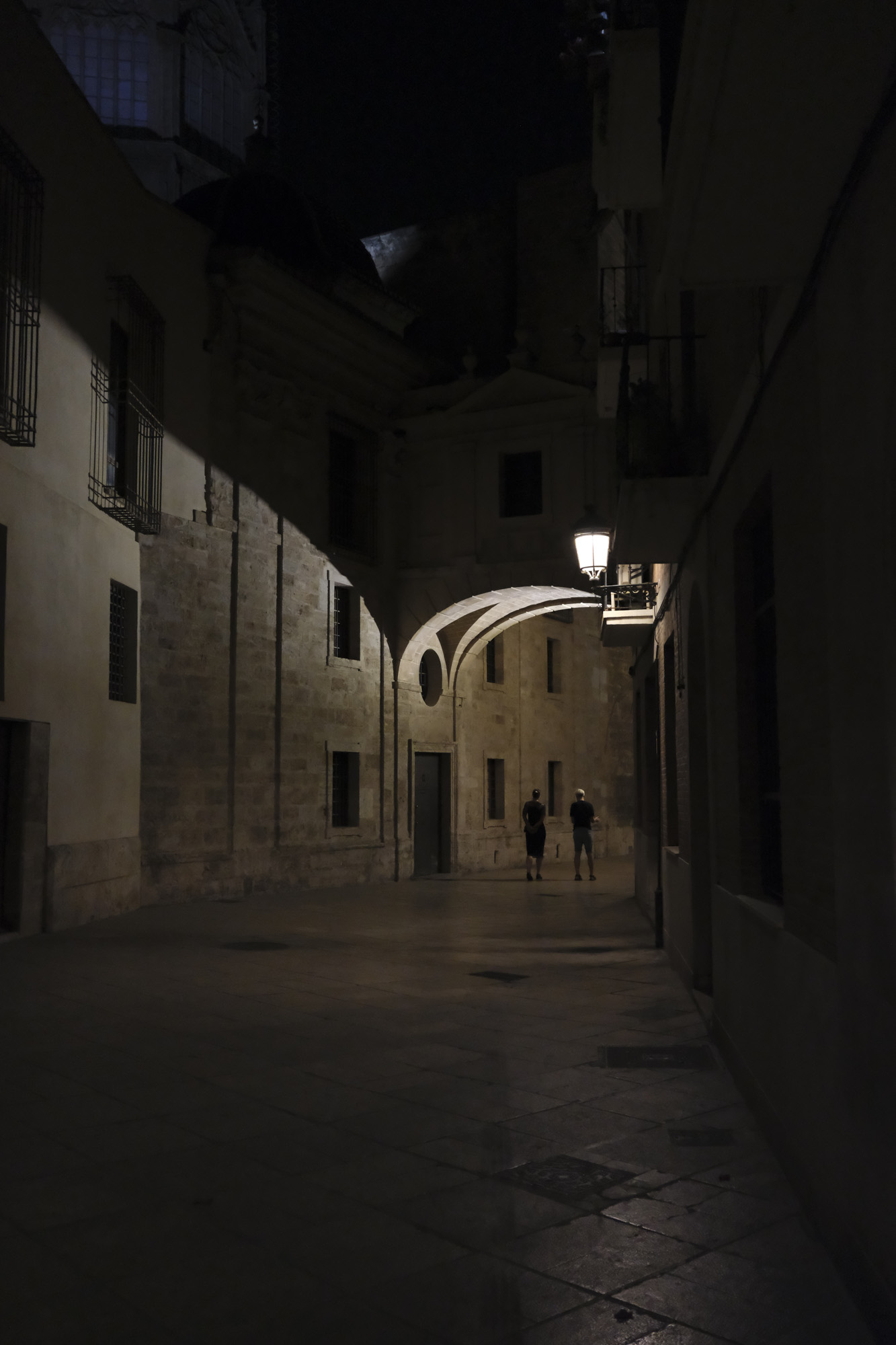
You might also like
- The Fujifilm X100VI is my first camera – here are five things it's taught me about photography that my smartphone can't
- Best Fujifilm camera 2025: top mirrorless and compact cameras, retro and otherwise
- Fujifilm’s X half is a tiny retro compact that’s big on wacky film photography features, and I love it

